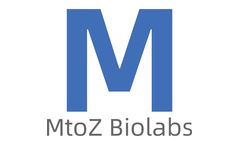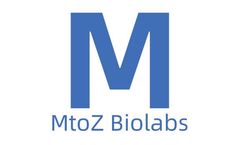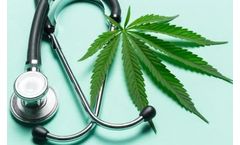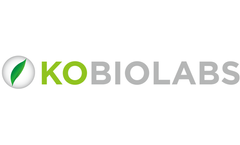Gas Chromatography Articles & Analysis: Older
15 articles found
Accurate analysis and monitoring of the components of the medium can help researchers and manufacturers optimize the production process, increase yield, and ensure the safety and effectiveness of the final product.Technologies for Analyzing the Components of Antibody Drug Culture Media1. High-Performance Liquid Chromatography (HPLC)(1) HPLC can be used to quantitatively analyze ...
For instance, High-Performance Liquid Chromatography (HPLC) and Capillary Electrophoresis (CE) can be used to analyze the types and quantities of proteins and amino acids; Gas Chromatography (GC) and Mass Spectrometry (MS) can be used to analyze the composition of sugars and lipids; various biochemical analysis methods can be used to measure the ...
In this process, carbon dioxide is pressurized to become a supercritical fluid, which has the properties of both a liquid and a gas. This allows for more efficient extraction of bioactive compounds with minimal damage to the natural source. ...
Current mass spectrometry techniques include liquid chromatography-mass spectrometry (LC-MS), gas chromatography-mass spectrometry (GC-MS), and capillary electrophoresis-mass spectrometry (CE-MS). ...
Creative Proteomics offers bile acid analytical methods, such as Liquid Chromatography-Mass Spectrometry (LC-MS) and Gas Chromatography-Mass Spectrometry (GC-MS), that can accurately characterize and quantify the diversity of bile acid species and help researchers delve deep into the nuances and explore their complex roles in health and disease. ...
We offer comprehensive and effective bile acid analysis services. Liquid Chromatography-Mass Spectrometry (LC-MS) Among the cornerstones of bile acid analysis methods stands the formidable combination of liquid chromatography-mass spectrometry (LC-MS). ...
This feature makes the nanosphere material an indispensable material in the separation and purification process of all biological drugs and natural medicines. In addition, gas-phase and liquid chromatography are the most widely used methods for pharmaceutical analysis and detection today, and the core material of chromatography is the microsphere ...
A positive result must then be confirmed by the presence of Δ9-THC in a blood sample, by using gas chromatography. Drug detection limits are set by government laws and vary from country to country, with the limits being 2ng/mL in the United Kingdom and 1ng/mL in France.A SCION 456 GC coupled with the SCION Single Quad Mass Spectrometer can be configured for ...
A positive result must then be confirmed by the presence of Δ9-THC in a blood sample, by using gas chromatography. Drug detection limits are set by government laws and vary from country to country, with the limits being 2ng/mL in the United Kingdom and 1ng/mL in France.A SCION 456 GC coupled with the SCION Single Quad Mass Spectrometer can be configured for ...
There are limitations in analyzing these compounds by gas chromatography (GC) or liquid chromatography (LC) alone. the GC method usually requires a stepwise derivatization process, and a certain amount of bile acids is lost in each step of the derivatization. ...
The instrument detects the chemiluminescence intensity of the entire system, and the way to determine the actual content detected is a trace analysis method. 6. Chromatography Chromatography is a means of separation and analysis. The main chromatographic detection techniques include gas chromatography, liquid ...
Cases of COVID-19 frequently have led to deadly secondary infections like pneumonia. In severe cases, gas exchange may be inhibited by inflammatory fluid causing patients to require ventilation to oxygenate their blood. ...
(B) Analyses of nonvolatile acids and short-chain fatty acid using gas chromatography. (C) Analyses of amino acids using ultra-performance liquid chromatography. ...
Samples were subsequently analyzed using an Acquity ultra-performance liquid chromatography (UPLC) (Waters Corporation) and a SYNAPT G2-Si mass spectrometer (Waters Corporation) with an ESI probe under the following conditions: 1.5 kV of capillary voltage, 600 and 50 L/h of desolvation or cone gas flow, respectively, and 250°C of desolvation temperature. ...
Low molecular weight metabolites in urine were analyzed by gas chromatography and mass spectrometry after derivatization. An orthogonal partial least‐squares discriminant analysis (OPLS‐DA) model was constructed, and metabolites from the dimensional model were selected according to the variable importance in projection (VIP > 1). ...










